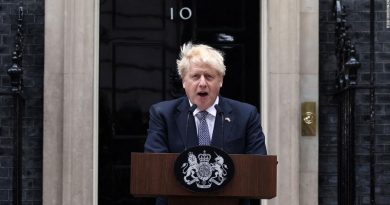These Are the Countries That Control the World’s Gold
The World Gold Council has just reported its figures for the first half of the year. It breaks its data into jewelry, gold used for industrial purposes, gold as an investment and gold held by central banks. Total demand was up 1,833.1 tonnes. This metric measurement translates to 1.1 U.S. tons.
Among central banks, buying grew by 333 tonnes. The U.S. central bank remained the largest holder by far at 8,133 tonnes. It was followed by Germany at 3,359. The International Monetary Fund was third at 2,814. The new report stated: “Global central bank net buying reached 200t in Q2. Large-scale purchases by Thailand, Hungary and Brazil drove the growth in global gold reserves.”
Reuters recently pointed out:
As gold carries no credit or counterparty risks, it serves as a source of trust in a country, and in all economic environments, making it one of the most crucial reserve assets worldwide, alongside government bonds.
These are the countries that control the world’s gold:
- United States, 8,133.5 tonnes
- Germany, 3,359.1 tonnes
- International Monetary Fund, 2,814.0 tonnes
- Italy, 2,451.8 tonnes
- France, 2,436.3 tonnes
- Russian Federation, 2,292.3 tonnes
- China, 1,948.3 tonnes
- Switzerland, 1,040.0 tonnes
- Japan, 846.0 tonnes
- India, 705.6 tonnes
- Netherlands, 612.5 tonnes
- European Central Bank, 504.8 tonnes
- Taiwan, 423.6 tonnes
- Turkey, 408.2 tonnes
- Kazakhstan, 385.9 tonnes
- Portugal, 382.6 tonnes
- Uzbekistan, 358.0 tonnes
- Saudi Arabia, 323.1 tonnes
Click here to see why the demand for gold is lagging.
Get Our Free Investment Newsletter
Source: Read Full Article

